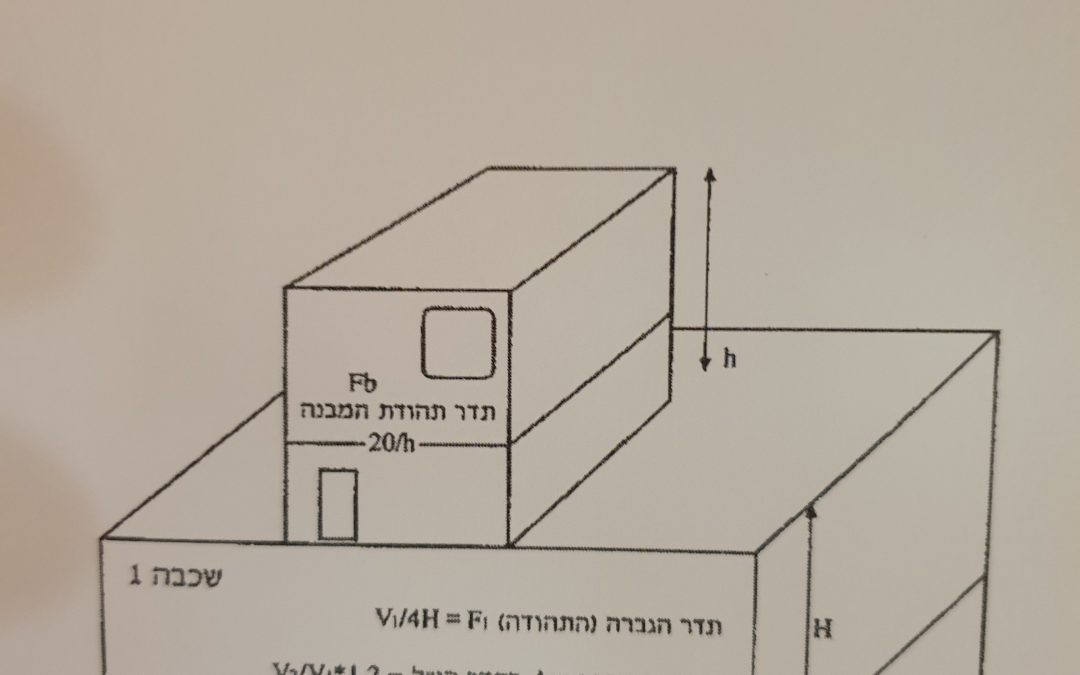We present an analytic frequency-domain gravitational waveform model for an
inspiraling binary whose center-of-mass undergoes a small acceleration, assumed
to be constant during the detection, such as when it orbits a distant tertiary
mass. The center-of-mass acceleration along the line of sight is incorporated
as a new parameter that perturbs the standard TaylorF2 model. We calculate the
wave phase to 3rd post-Newtonian order and first order in the acceleration. It
is shown that acceleration most significantly modifies the wave phase in the
low frequency portion of the signal, so ground-based detectors with a good
sensitivity at low frequencies are the most effective at detecting this effect.
We present a Fisher information calculation to quantify the detectability of
this effect at advanced LIGO A Plus, Cosmic Explorer, and Einstein Telescope
over the mass range of neutron stars and stellar-mass black holes, and discuss
degeneracy between acceleration and other parameters. We also determine the
parameter space where the acceleration is large enough that the wave phase
model would have to be extended to nonlinear orders in the acceleration.
Conclusions:
- An analytic frequency-domain gravitational waveform model for an inspiraling binary with a small constant acceleration has been developed.
- Acceleration significantly modifies the wave phase in the low-frequency portion of the signal.
- Ground-based detectors with good sensitivity at low frequencies are most effective at detecting this acceleration effect.
- A Fisher information calculation has been used to quantify the detectability of this effect at advanced LIGO A Plus, Cosmic Explorer, and Einstein Telescope.
- The analysis considers the mass range of neutron stars and stellar-mass black holes.
- Parameter degeneracy between acceleration and other parameters has been discussed.
- The parameter space where the acceleration is large enough to require extending the wave phase model to nonlinear orders in the acceleration has been determined.
Future Roadmap:
To further investigate the impact of acceleration on inspiraling binaries and improve the detection of this effect, future research should focus on the following points:
1. Experimental Upgrades:
- Develop and implement improvements to ground-based detectors, particularly focusing on enhancing sensitivity at low frequencies, to increase the effectiveness of detecting acceleration effects.
- Consider enhancing technology and capabilities of advanced LIGO A Plus, Cosmic Explorer, and Einstein Telescope for better detection in the mass range of neutron stars and stellar-mass black holes.
2. Parameter Degeneracy:
- Explore methods to overcome parameter degeneracy between acceleration and other parameters to improve accuracy in determining the effects of acceleration on inspiraling binaries.
3. Nonlinear Wave Phase Model:
- Investigate and develop a nonlinear wave phase model that incorporates higher orders in acceleration for cases where the acceleration is large enough to require such extensions.
Challenges and Opportunities:
Challenges:
- Developing and implementing improvements to ground-based detectors can be resource-intensive and may require significant technological advancements.
- Overcoming parameter degeneracy can be challenging and may require advanced statistical methods and sophisticated algorithms.
- Creating a reliable and accurate nonlinear wave phase model may pose computational challenges due to the complexity of the calculations involved.
Opportunities:
- The detection of acceleration effects on inspiraling binaries can provide valuable insights into the behavior and dynamics of these systems, enhancing our understanding of gravitational waves.
- Advancements in detector technology and modeling techniques can lead to improved accuracy and sensitivity, enabling more precise measurements and analysis of gravitational wave signals.
- Overcoming challenges in parameter degeneracy and extending wave phase models can open new avenues for research and contribute to the development of more comprehensive theories in astrophysics.
